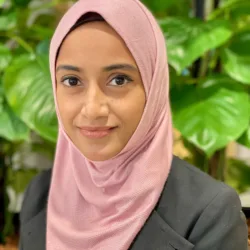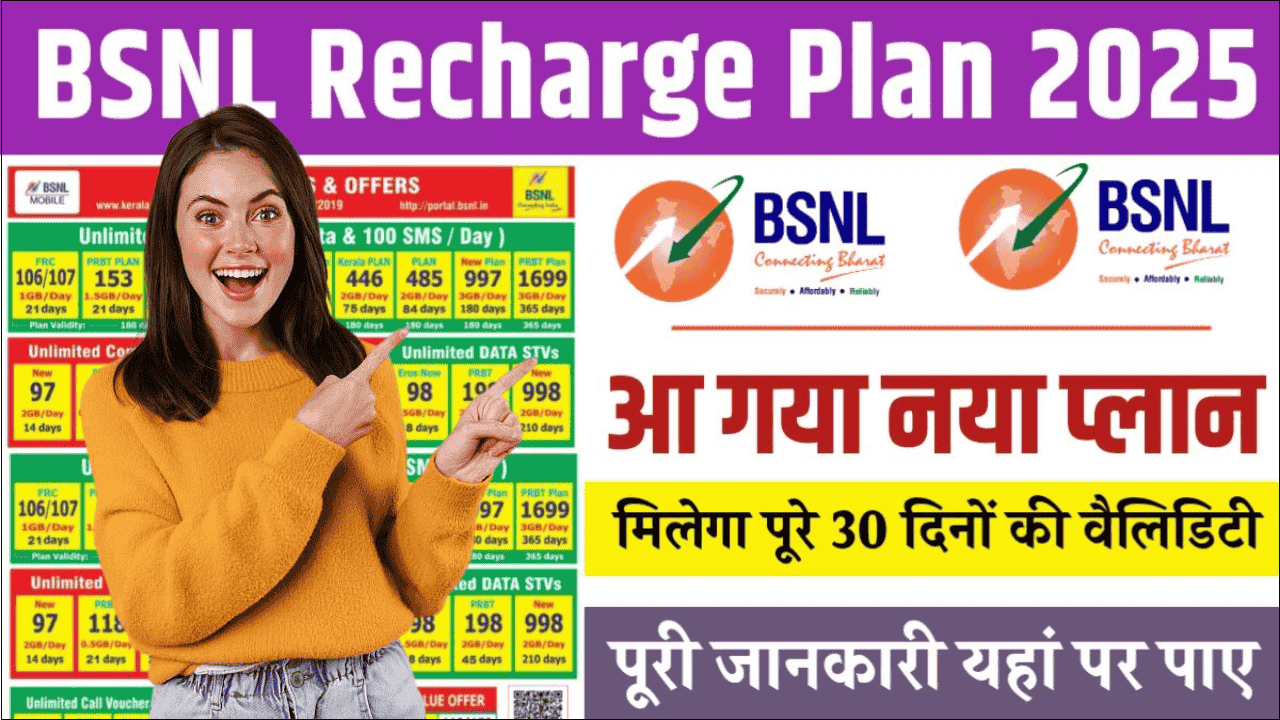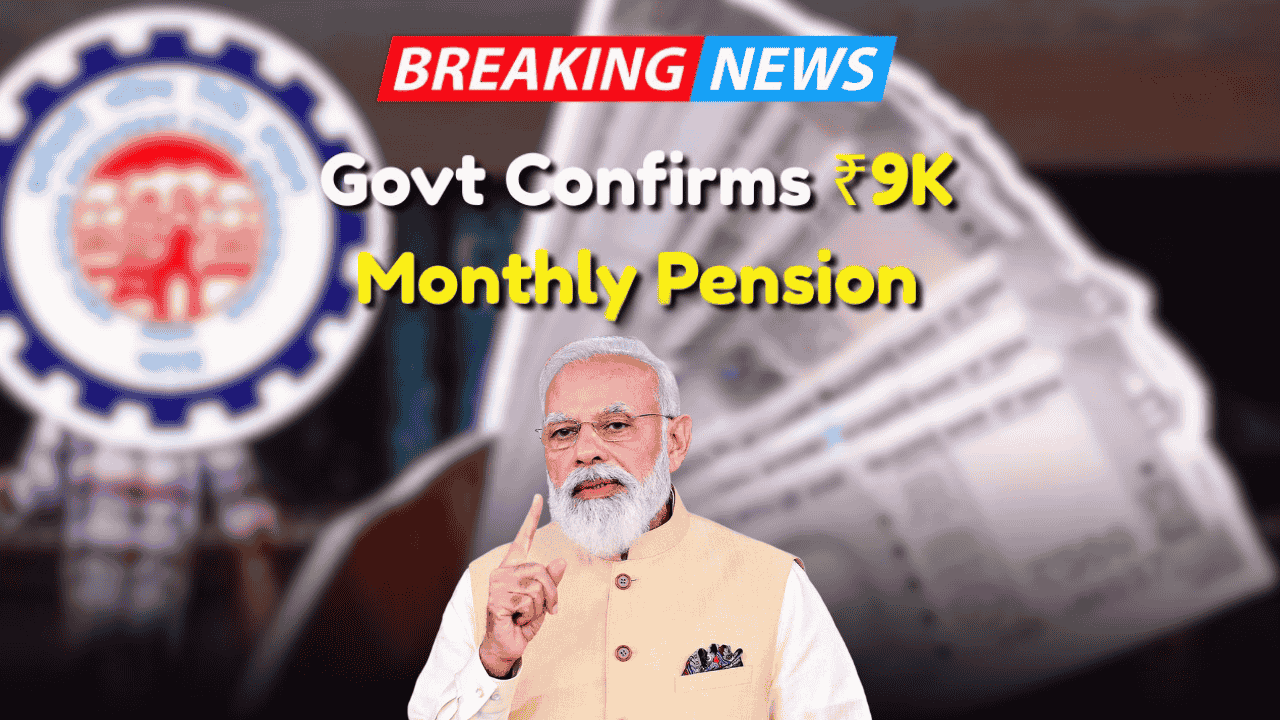
The National Council for Teacher Education (NCTE) has announced a revolutionary change in teacher education that will transform how aspiring educators enter the profession. Starting from the 2026-27 academic session, India will reintroduce one-year Bachelor of Education (B.Ed) and Master of Education (M.Ed) programs, marking a complete reversal from the current two-year requirement.
This groundbreaking reform promises to make teacher education more accessible, affordable, and efficient for millions of aspiring teachers across the country. The decision comes as part of broader educational reforms aligned with the National Education Policy (NEP) 2020.
For students who have been hesitant to pursue teaching due to the longer duration and higher costs of the two-year program, this change opens new doors to enter the education sector more quickly.
Table of Contents
Historic Policy Timeline and Changes
| Period | B.Ed Duration | Key Features | Rationale |
|---|---|---|---|
| Pre-2014 | 1 Year | Traditional format | Quick entry to profession |
| 2014-2026 | 2 Years | Extended comprehensive training | Meet global standards |
| 2026-27 Onwards | 1 Year | Flexible, accessible program | Address teacher shortage |
Complete Eligibility Requirements
Basic Qualification Criteria
| Requirement | Specification | Details |
|---|---|---|
| Educational Qualification | Bachelor’s Degree | Any stream from recognized university |
| Minimum Marks | 50% aggregate | Essential requirement |
| Age Limit | 21-35 years | May vary by state |
| Entrance Exam | State-specific | CET, merit-based, or university entrance |
| Additional Requirements | None mandatory | Master’s degree advantageous |
The simplified eligibility criteria ensure that graduates from any stream can pursue teaching careers without additional barriers. This democratization of teacher education is expected to attract more diverse candidates to the profession.
Alternative Entry Pathways
| Program Type | Duration | Entry Point | Target Audience |
|---|---|---|---|
| Traditional B.Ed | 1 Year | After graduation | Working professionals |
| Integrated ITEP | 4 Years | After Class 12 | Fresh school leavers |
| Part-time M.Ed | 2 Years | For working teachers | In-service educators |
| Specialized ITEP | 4 Years | Subject-specific | Yoga, PE, Sanskrit, Art |
Comprehensive Curriculum Structure
The one-year B.Ed program maintains rigorous academic standards despite the reduced duration. The curriculum is designed to cover all essential teaching competencies through three core areas.
Core Learning Areas
| Component | Focus Area | Key Elements |
|---|---|---|
| Perspectives in Education | Educational foundation | Philosophy, psychology, child development |
| Curriculum Studies | Teaching methodology | Subject pedagogy, assessment techniques |
| Field Engagement | Practical training | Teaching practice, school internships |
The curriculum emphasizes practical training to ensure graduates are classroom-ready upon completion. Enhanced field engagement compensates for the reduced theoretical duration.
Implementation Timeline and Strategy
Phased Rollout Schedule
| Academic Year | Phase | Key Activities |
|---|---|---|
| 2025-26 | Preparation | Curriculum development, faculty training |
| 2026-27 | Launch | First batch admissions begin |
| 2027-28 | Full Implementation | Regular operations established |
| 2028-29 | Evaluation | Program assessment and refinement |
This gradual implementation allows institutions sufficient time to adapt their infrastructure, train faculty, and develop quality assurance mechanisms.
Benefits for Aspiring Teachers
Career Advantages Analysis
| Benefit | One-Year Program | Two-Year Program |
|---|---|---|
| Time to Employment | 1 year faster | Longer preparation |
| Total Cost | Significantly lower | Higher investment |
| Career Flexibility | Earlier specialization | Extended theory |
| Market Entry | Quicker workforce integration | Comprehensive preparation |
Financial Impact Comparison
| Cost Category | One-Year B.Ed | Two-Year B.Ed | Savings |
|---|---|---|---|
| Tuition Fees | ₹50,000-80,000 | ₹1,00,000-1,60,000 | ₹50,000-80,000 |
| Living Expenses | ₹60,000-80,000 | ₹1,20,000-1,60,000 | ₹60,000-80,000 |
| Lost Income | 1 year | 2 years | 1 year of earning |
| Total Savings | Substantial | – | ₹1,10,000-1,60,000+ |
The financial advantages make teacher education accessible to economically disadvantaged students who previously couldn’t afford extended periods of study.
Institutional Changes and Requirements
New Institution Mandates
| Requirement | Current Rule | Impact |
|---|---|---|
| Institution Type | Must be multidisciplinary | No standalone B.Ed colleges |
| Maximum Intake | 50 students per batch | Quality focus over quantity |
| Collaboration | Mandatory for single programs | Resource sharing encouraged |
| Infrastructure | Enhanced facility standards | Improved learning environment |
These changes ensure that B.Ed programs are offered only in institutions with diverse academic environments, promoting better educational quality and resource utilization.
Addressing Teacher Shortage Crisis
Current Teacher Shortage Statistics
| Sector | Shortage Numbers | Impact Level |
|---|---|---|
| Primary Schools | 1.2 million teachers | Critical |
| Secondary Schools | 800,000 teachers | High |
| Rural Areas | 60% of total shortage | Severe |
| Subject-Specific | Math, Science critical | Very High |
The one-year program is specifically designed to address India’s chronic teacher shortage by producing qualified educators more quickly while maintaining quality standards.
Quality Assurance Measures
Maintaining Educational Standards
| Quality Measure | Implementation | Frequency |
|---|---|---|
| Accreditation | Mandatory for all institutions | Every 5 years |
| Curriculum Framework | Standardized across states | Annual review |
| Practical Training | Enhanced field experience | Throughout program |
| Faculty Development | Continuous training programs | Ongoing |
Despite the reduced duration, NCTE has implemented stringent quality assurance measures to ensure graduates meet professional teaching standards.
Integration with NEP 2020 Vision
Alignment with National Policy
| NEP 2020 Goal | B.Ed Reform Contribution | Expected Outcome |
|---|---|---|
| Flexible Education | Multiple entry/exit points | Diverse career pathways |
| Holistic Development | Integrated teaching approach | Well-rounded educators |
| Digital Integration | Technology-enhanced learning | Modern teaching skills |
| Multidisciplinary Approach | Institution requirements | Broader knowledge base |
The reform perfectly aligns with NEP 2020’s vision of creating flexible, accessible, and high-quality education systems.
Challenges and Solutions
Implementation Challenges
| Challenge | Potential Solution | Timeline |
|---|---|---|
| Curriculum Compression | Intensive, integrated modules | 2025-26 |
| Faculty Preparation | Specialized training programs | Ongoing |
| Market Acceptance | Demonstration projects | 2026-28 |
| Infrastructure Adaptation | Gradual institutional upgrades | 2025-27 |
Proactive planning and stakeholder engagement are essential for successful implementation of these comprehensive changes.
State-wise Implementation Strategy
Regional Adaptation Requirements
| Region | Specific Needs | Adaptation Strategy |
|---|---|---|
| Northern States | Hindi medium programs | Language-specific modules |
| Southern States | Regional language integration | Cultural adaptation |
| Eastern States | Rural focus programs | Community-based training |
| Western States | Technology integration | Digital infrastructure |
Different states will adapt the program to local needs while maintaining national standards and quality benchmarks.
Future Expansion Plans
Specialized Program Development
| Specialization | Launch Year | Target Sectors |
|---|---|---|
| Yoga Education | 2025-26 | Wellness-focused schools |
| Physical Education | 2025-26 | Sports and fitness |
| Sanskrit Education | 2025-26 | Cultural preservation |
| Art Education | 2025-26 | Creative development |
These specialized programs will address specific educational needs while maintaining the flexibility of the one-year format.
Impact on Current Students
Transition Guidelines
| Student Category | Impact | Recommendation |
|---|---|---|
| Current 2-year students | Complete existing program | No disruption |
| New applicants (2025-26) | Choose program type | Wait for 1-year option |
| Working professionals | Part-time options available | Flexible scheduling |
Current students will not be affected, ensuring no disruption to ongoing education while providing new options for future applicants.
Conclusion
The reintroduction of one-year B.Ed programs represents a transformative shift in Indian teacher education. This reform addresses multiple challenges simultaneously: teacher shortage, accessibility, affordability, and alignment with national education goals.
For aspiring teachers, this change offers an unprecedented opportunity to enter the profession more quickly and cost-effectively while receiving comprehensive training. The success of this initiative will depend on effective implementation, quality assurance, and stakeholder support.
As India moves toward this new model, the focus remains on producing competent, motivated educators who can contribute meaningfully to the nation’s educational development. This reform positions India’s teacher education system for the future while addressing immediate challenges.
Frequently Asked Questions
When will the one-year B.Ed program officially start?
The one-year B.Ed program will commence from the 2026-27 academic session. Institutions will use 2025-26 for preparation and curriculum development.
Will one-year B.Ed graduates have the same job opportunities as two-year program graduates?
Yes, one-year B.Ed degrees will have identical recognition and validity as current two-year programs. NCTE ensures quality standards are maintained regardless of duration.
Can current students in two-year programs switch to the one-year format?
No, current students must complete their existing two-year programs. The one-year option is only available for new admissions starting 2026-27.
What happens to standalone B.Ed colleges after this change?
Standalone B.Ed colleges must collaborate with multidisciplinary institutions or merge with universities offering multiple degree programs to continue operations.








